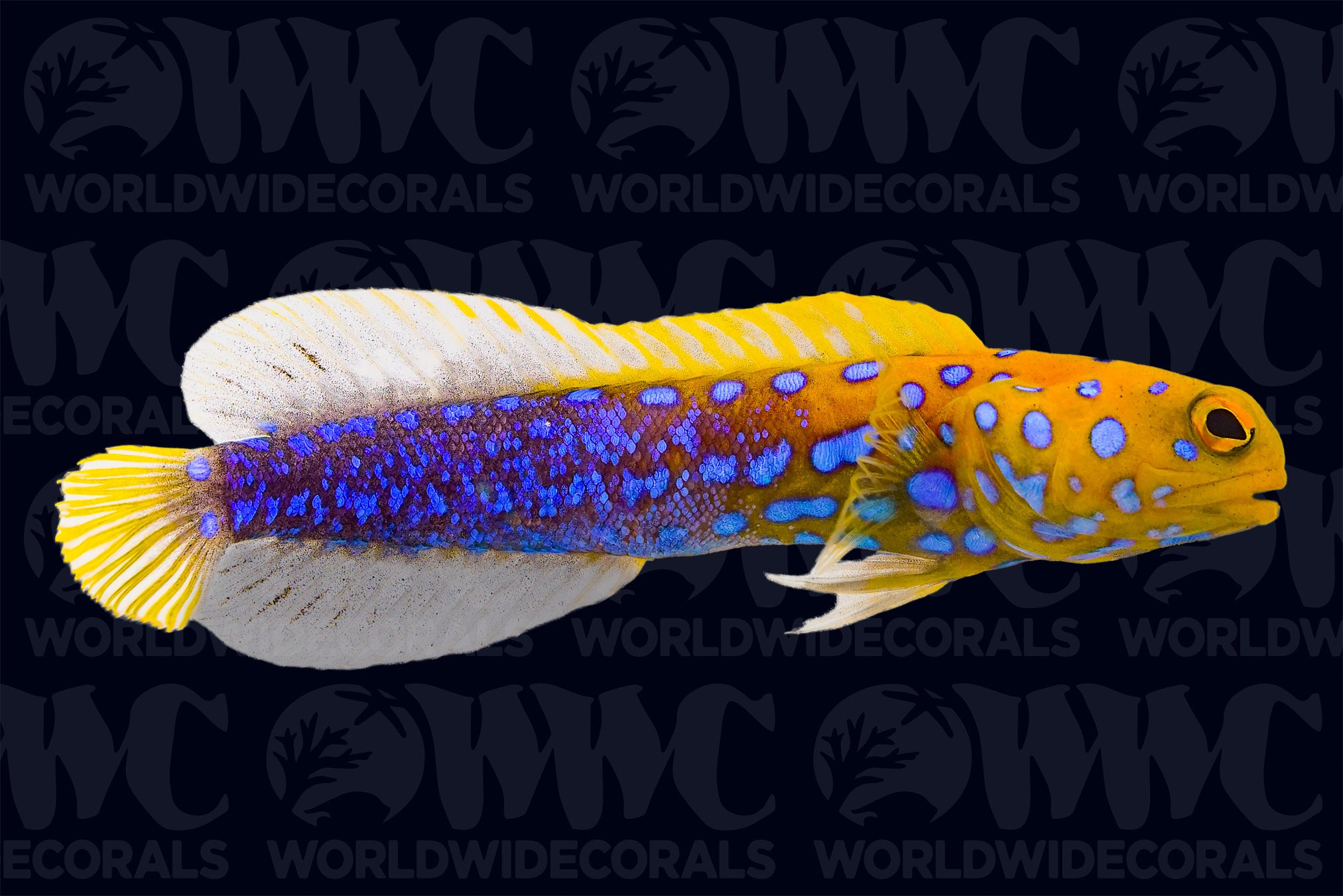Description
Amphiprion percula
Clownfish are one of the most well-known marine species and are also one of the best for the beginner hobbyist. They are hardy, have a small adult size and can be added in groups. Thanks to advances in aquaculture, the clownfish also comes in a variety of colorations and designs. They will very likely host anemone fairly quickly (just avoid condylactis), which is an interesting display of symbiotic behavior. The clown provides food and a cleaning service for the anemone, which in turn protects the clownfish. The clownfish is considered reef safe and will readily accept prepared diets. Clownfish are known to change their sex to increase their chance of reproduction and genetic diversity in the wild. A school of clowns are built on a hierarchy with the female on top, so the largest clown in a school is always the female. If the female dies then the most dominant male (largest) will change their sex to take her place. The Picasso Percula Clownfish has a stunning uniqueness and has white patches that are outlined in black. The Picasso variant occurs naturally in the Solomon Islands and Papua New Guinea. They will grow to be about 3 inches in size.
*Please note: The photo is a representation of the variant of clownfish you will receive. Younger specimens may not exhibit the full adult color, and may take time to fully develop certain colors and patterns which can differ based on the genetics of the parents.
Clownfish are one of the most well-known marine species and are also one of the best for the beginner hobbyist. They are hardy, have a small adult size and can be added in groups. Thanks to advances in aquaculture, the clownfish also comes in a variety of colorations and designs. They will very likely host anemone fairly quickly (just avoid condylactis), which is an interesting display of symbiotic behavior. The clown provides food and a cleaning service for the anemone, which in turn protects the clownfish. The clownfish is considered reef safe and will readily accept prepared diets. Clownfish are known to change their sex to increase their chance of reproduction and genetic diversity in the wild. A school of clowns are built on a hierarchy with the female on top, so the largest clown in a school is always the female. If the female dies then the most dominant male (largest) will change their sex to take her place. The Picasso Percula Clownfish has a stunning uniqueness and has white patches that are outlined in black. The Picasso variant occurs naturally in the Solomon Islands and Papua New Guinea. They will grow to be about 3 inches in size.
*Please note: The photo is a representation of the variant of clownfish you will receive. Younger specimens may not exhibit the full adult color, and may take time to fully develop certain colors and patterns which can differ based on the genetics of the parents.
3 DAY GUARANTEE | Hassle Free | 100% Satisfaction | Online Orders Only



























